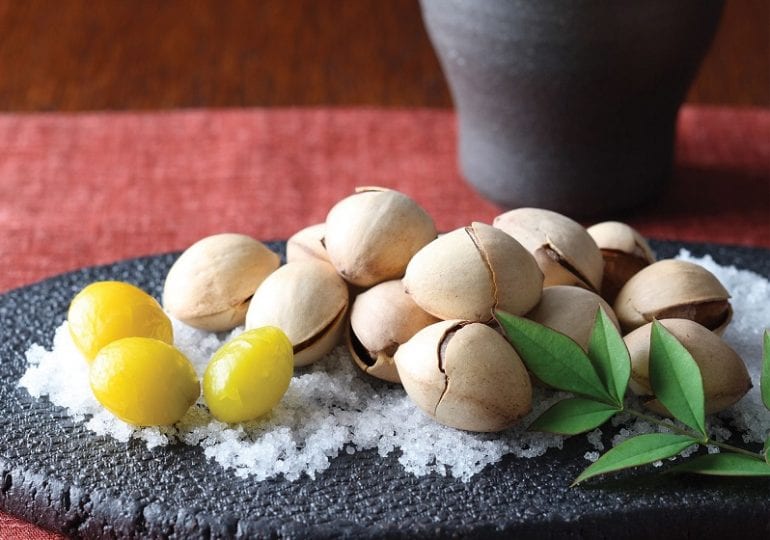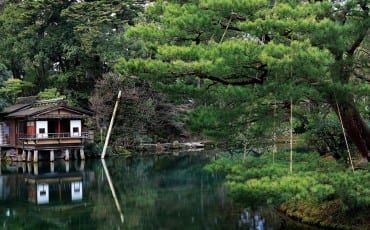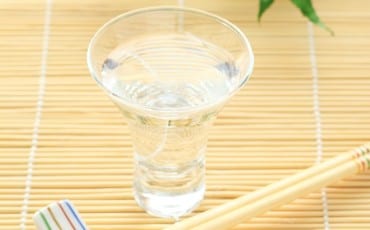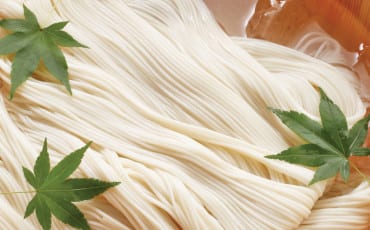Articles
Features
Oct 1, 2015
Salt Varieties in Japan
In Japan, salt is not just a condiment used to add flavour to food. The Japanese have created a wide variety of salts to complement and enhance the flavour of various ingredients. Here’s a look at some of the more popular variants.

There are currently over 1,500 different salt products on the Japanese market for home and commercial use. However, this was not always the case. In 1905, the Japanese government established a monopoly on the sale and production of salt in order to cope with the costs of the Russo-Japanese War, as well as to develop a domestic salt industry base. This meant that the variety of salts being produced was very limited. However, before 1905, how was salt produced in Japan?
Background of Salt Production in Japan
According to research by the Tobacco and Salt Museum in Tokyo, the earliest method of salt production in ancient Japan probably involved burning seaweed and using the resulting ashes for their salt content or drying seaweed in the sun until salt crystals formed.
Around the eighth century, this was replaced by the agehama method. Seawater was sprayed over sand laid on top of clay. After the sand was dried by the wind and the sun, seawater was poured over the sand again to create an even more concentrated saltwater. This liquid was then boiled down to produce salt crystals. This continued to be the main method of salt production for several centuries until 1972 when Japan became the first country to produce salt to its people using ion exchange.
The process of ion exchange involves electricity and ion-exchange membranes to extract and concentrate sodium ions and chloride ions from seawater. These are then boiled down into crystals using a vacuum evaporation system. While salt made using this method has very high purity, it also contains more than 99 percent sodium chloride, which means it lacks the other minerals the human body requires. This health concern led to movements to revive the production of salt using natural methods and in 1997, the monopoly was lifted, leading to a new era of greater choice.
Popular Salt Varieties in Japan
All salt produced in Japan are sea salt. Apart from the regular table salt, other popular types of salt include moshio (seaweed salt) and blended salt like matcha-shio (green tea salt). According to an article on artisanal salts published in The Splendid Table, the Japanese are very discerning when it comes to the nuances salt lends to food. For example, there are many different types of salts that one can extract from the ocean; the balance and concentration vary, as you get deeper. The Japanese have used this fact to create salts where they combine water from shallow currents and deep currents to make a particular type of salt. In the next few pages, we shall explore more of these fascinating salts.
TEXT: VANESSA TAI








